Agreeing to do a regularity rally for the first time is a task which doesn’t seem remotely daunting until the last possible moment. Working for Hagerty means that opportunities like this arise occasionally, but I couldn’t help feeling stitched up after I had lowered myself into my too-small bucket seat, ensured I had all the necessary instructions within arms reach, and (ironically) failed at navigating my way around a four point harness. I was starting to realise that this was a tad different from your average Sunday morning drive.
To explain, a regularity rally is ultimately a navigation rally following instructions and driving the correct route through the countryside, mostly using public roads. So far, so easy. Along that route will be manned checkpoints. If any of these checkpoints are missed you incur a penalty. Slightly harder. On top of that, you are given an average speed for each section. You must maintain this speed as closely as possible, as penalties will be given for every second that you arrive early or late to a checkpoint. Now it’s getting difficult. Between these sections, organisers intersperse a series of driving tests sections. These, as I would discover, involve a lot of drifting a car sideways around traffic cones as the stopwatch ticks. And it’s as fun as you can imagine.

Like me, you might be new to the regularity rally scene, curious and want to know how to get started. As someone who had never taken part in a regularity road rally, I’ve been through the process and this is what I learned. Follow these tips and you’ll get off to a flying start as the lockdown lifts and motor sport activities return.
Costs
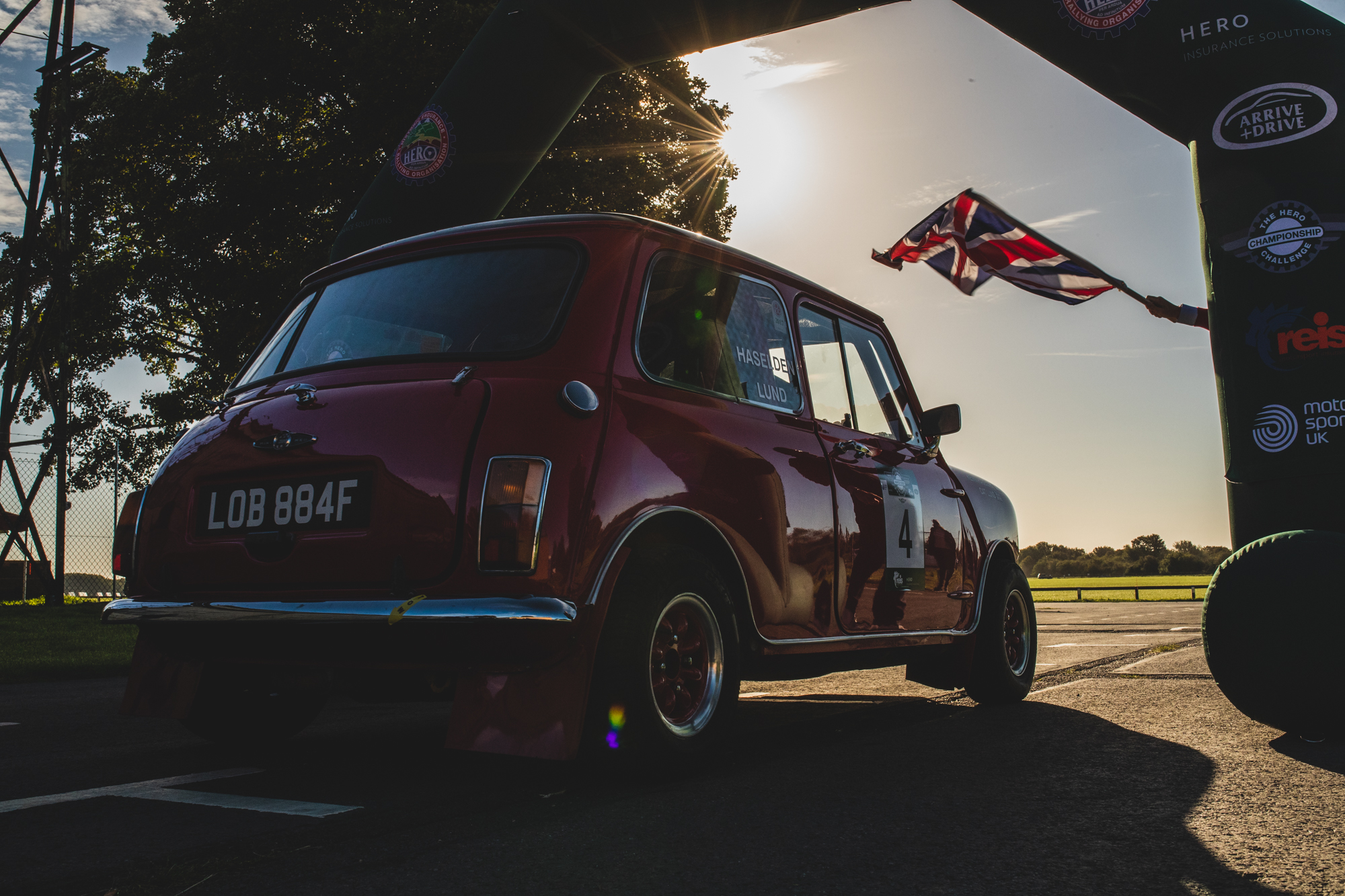
Good news. You don’t need to pay to take any driving tests or sit exams and prove you’re competent and fit for a regularity rally. If you have a valid driving licence, you can simply sign up (at no cost) for an RS Clubman Licence by clicking here and submitting the relevant information required by Motorsport UK), which is the governing body. At the same time, you don’t need to have a specially prepared car – it simply needs a valid MOT and should be taxed and insured for the road.
However, different events have different entry fees. Those fees start from around £30, making this one of the most affordable forms of motorsport drivers can take part in. Events can be organised by local car clubs and they offer some – known as a 12-car rally – that are specifically for novices so that you’re not thrown in at the deep end and up against experienced competitors. Another type, called a scatter, is something akin to a treasure hunt. You will be given a list of points to plot on an Ordnance Survey map. You need to plot your route and visit a maximum of three-quarters of the points to answer the clues in the allotted time. So get online, use the club-finder tool at Motorsport UK, and make contact with a local car club to find out what’s on when and where, and don’t be afraid to ask organisers for advice as they will make you feel welcome and guide you through the process.
Alternatively, if you’re after something altogether grander and perhaps even further afield than the UK, organisations such as the Historic Endurance Rallying Organisation and the Endurance Rally Association can probably cater for your every whim and desire.
Equipment
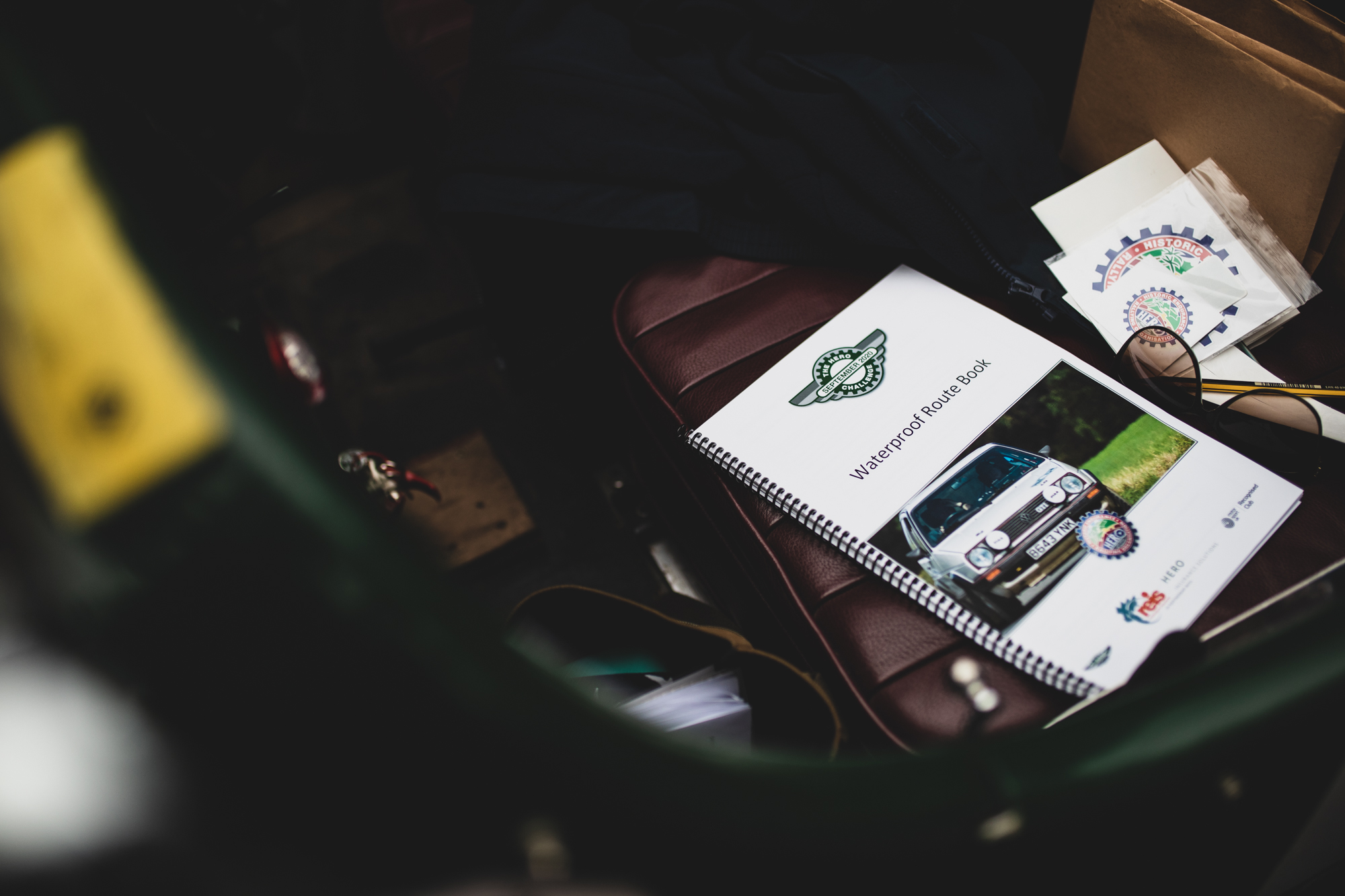
The basics you’ll need for a regularity rally are, well, basic. The list consists of a pencil or pen, a stopwatch and a working odometer. Honestly, it’s that simple. You’ll be issued with a set of instructions printed on paper, which are designed to be noted on, and you’ll want to keep things organised, with practical touches such as a pen holder so that you’ve got everything you need right where you need it and not rolling around in the footwell. Once you get a taste for it, you might want to consider upgrading your car by fitting a dedicated electronic trip meter, which will give greater accuracy but will cost from more than £200, so it’s wise to see if road rallies are for you before committing to specialist equipment.
Highlight and tick off
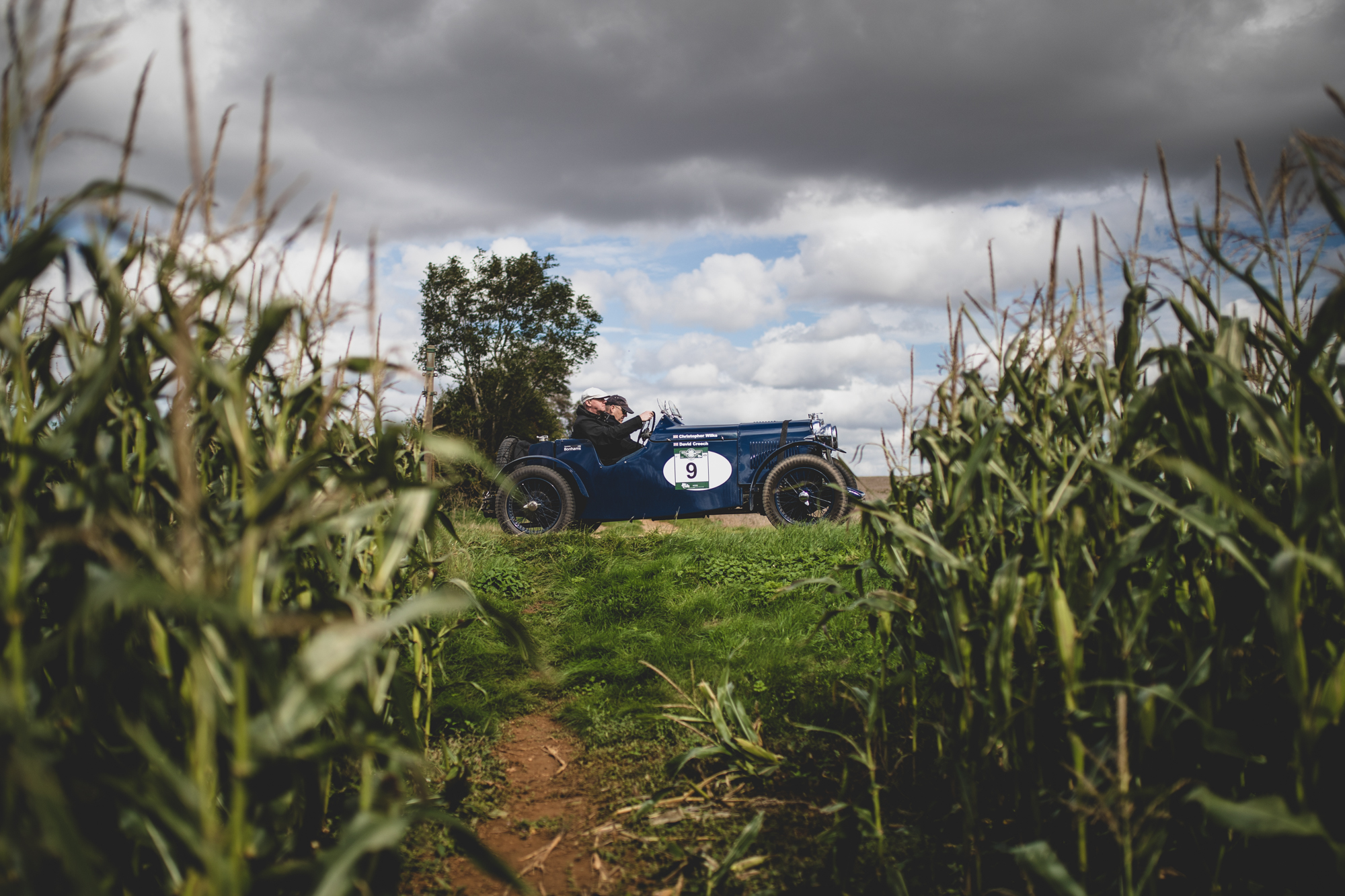
You’ll typically receive your route instructions the day before the event but take it from me – regardless of how much revision you do it’s all too easy to lose track of where you are on the road rally section. So it’s helpful to have any important things to note highlighted – literally, using a fluorescent marker pen – in your route so you can spot them on the move. Included in this is ticking off your instructions as you go along, to prevent you from losing your place.
Speak the same language
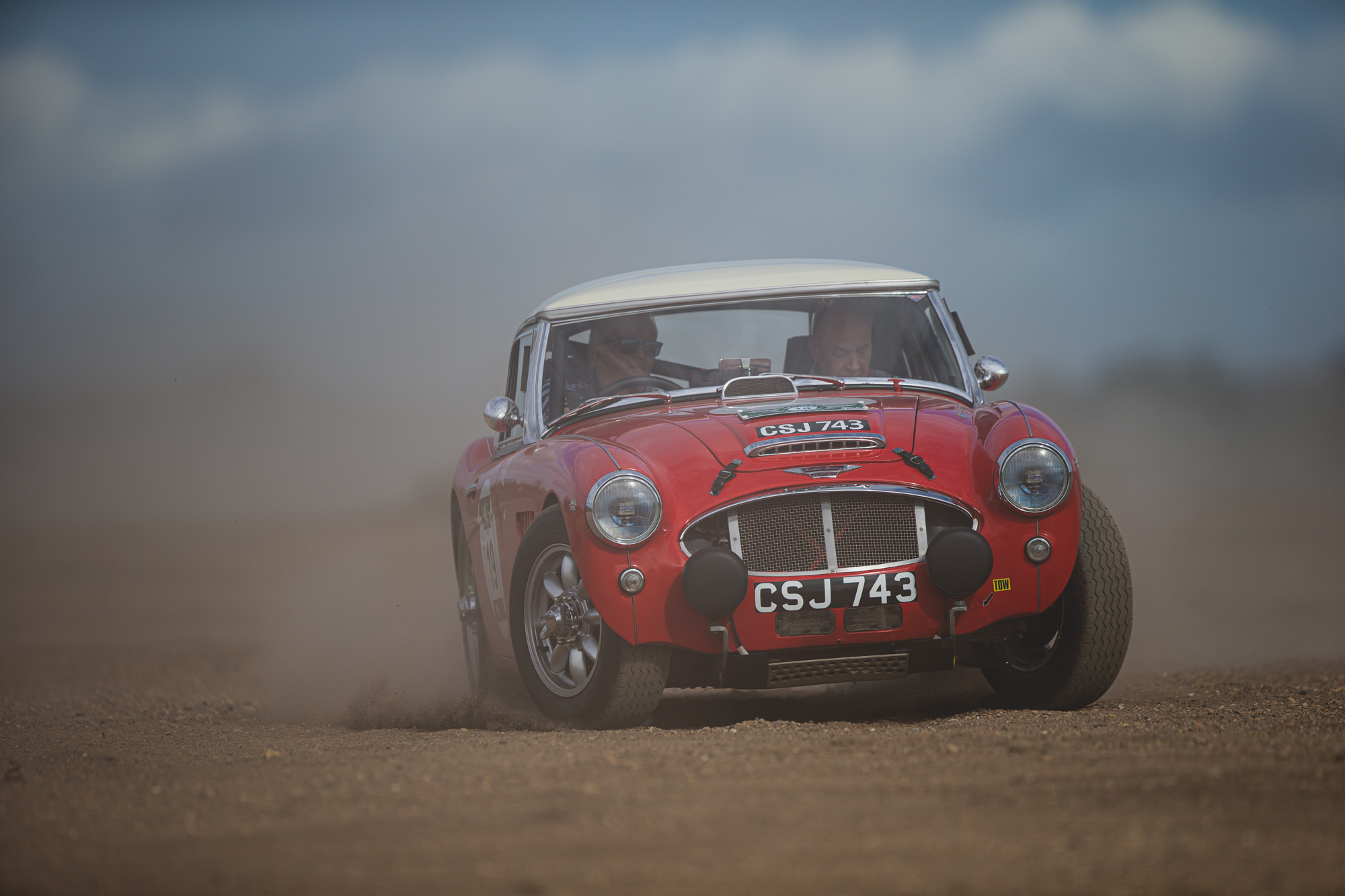
On top of having to work as a team, following prescribed routes on public roads at a leisurely pace, you will need to also work well as a team driving more exuberantly to the clock on driving test sections. This is where left and right only get you so far, as you can lose points for turning right just before a cone instead of just after it. So agree on the instructions the navigator will give and what they will mean, as it could make the all-important difference of a time penalty or two.
Trust your driver’s ability
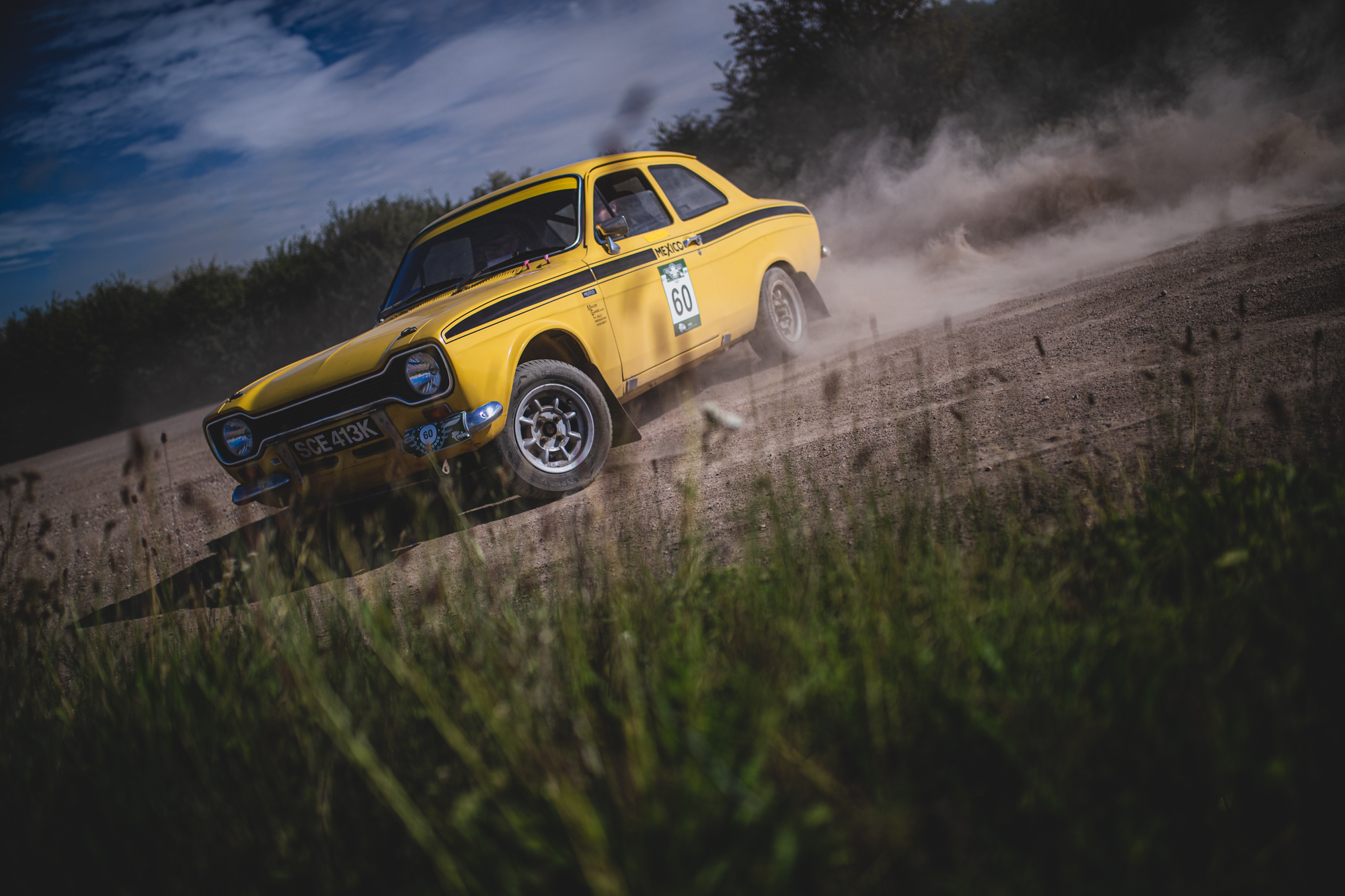
When lining up at one of the off-road driving tests with someone you share a desk with, the thought may cross your mind that you know how to call the instructions but does your (in my case) colleague know how to throw a car around and follow instructions? Again, these tests can be as relaxed or as competitive as you’d want them to be, but drop a driver behind their beloved classic and tell them they need to drive it quickly, and most will jump at the chance to take it to the red line. As a navigator it’s best to pay attention to your instructions and trust that your driver will know how to handle the car.
Smile! You’re on camera
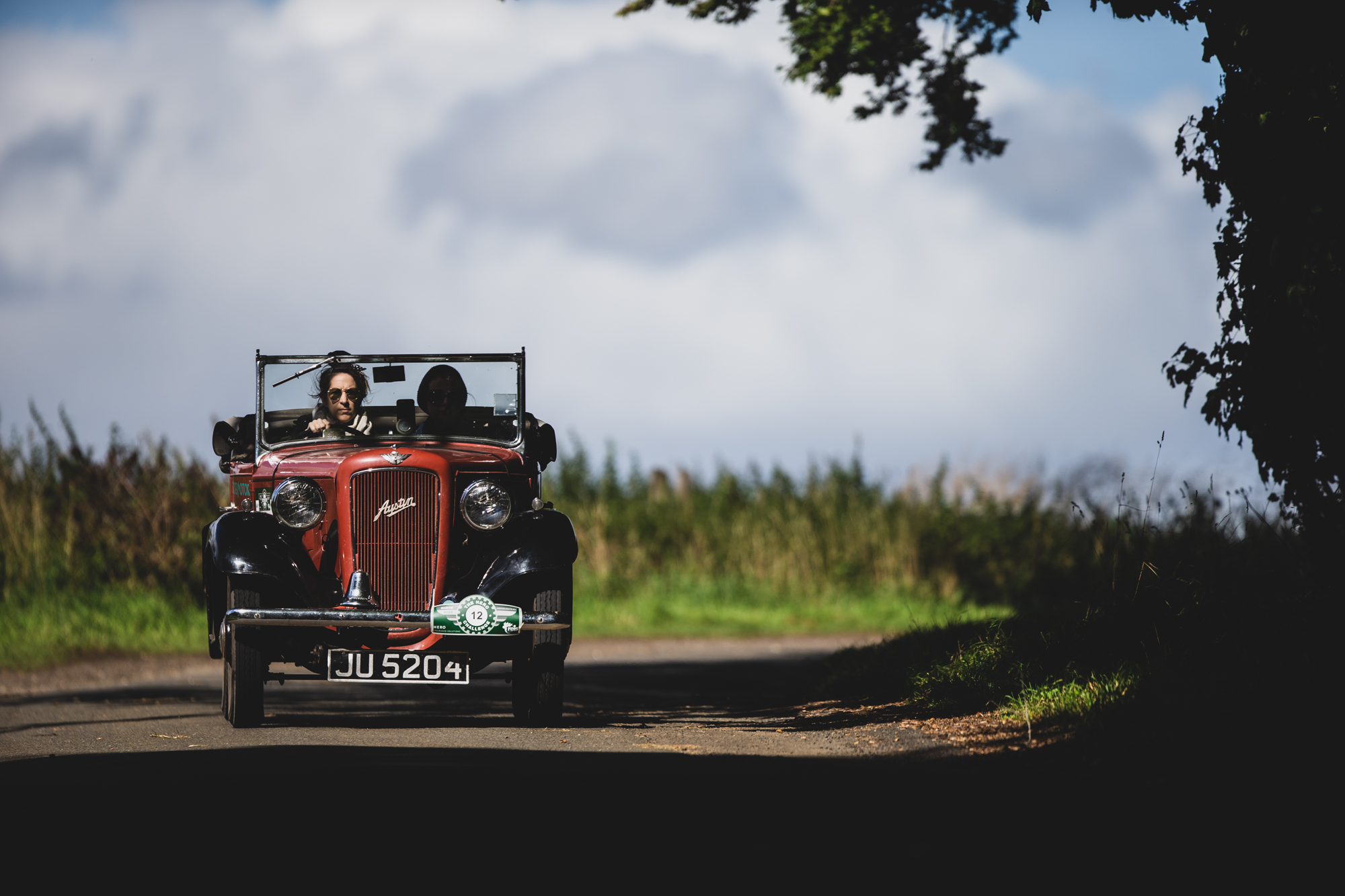
One of the great things about a road rally is how much entertainment it provides for the public. Nipping through small villages which have been pre-informed of the event is made all the more special by the families by the road side, leaning on garden walls or even enjoying a beautifully presented picnic – ‘Are you finishing those cucumber sandwiches?’ – as they watch the cars go by. So embrace this spirit and let your hair down with a quick sound of the horn, a smile and a wave and, when stopped, a friendly tour of your car.
Don’t challenge the navigator
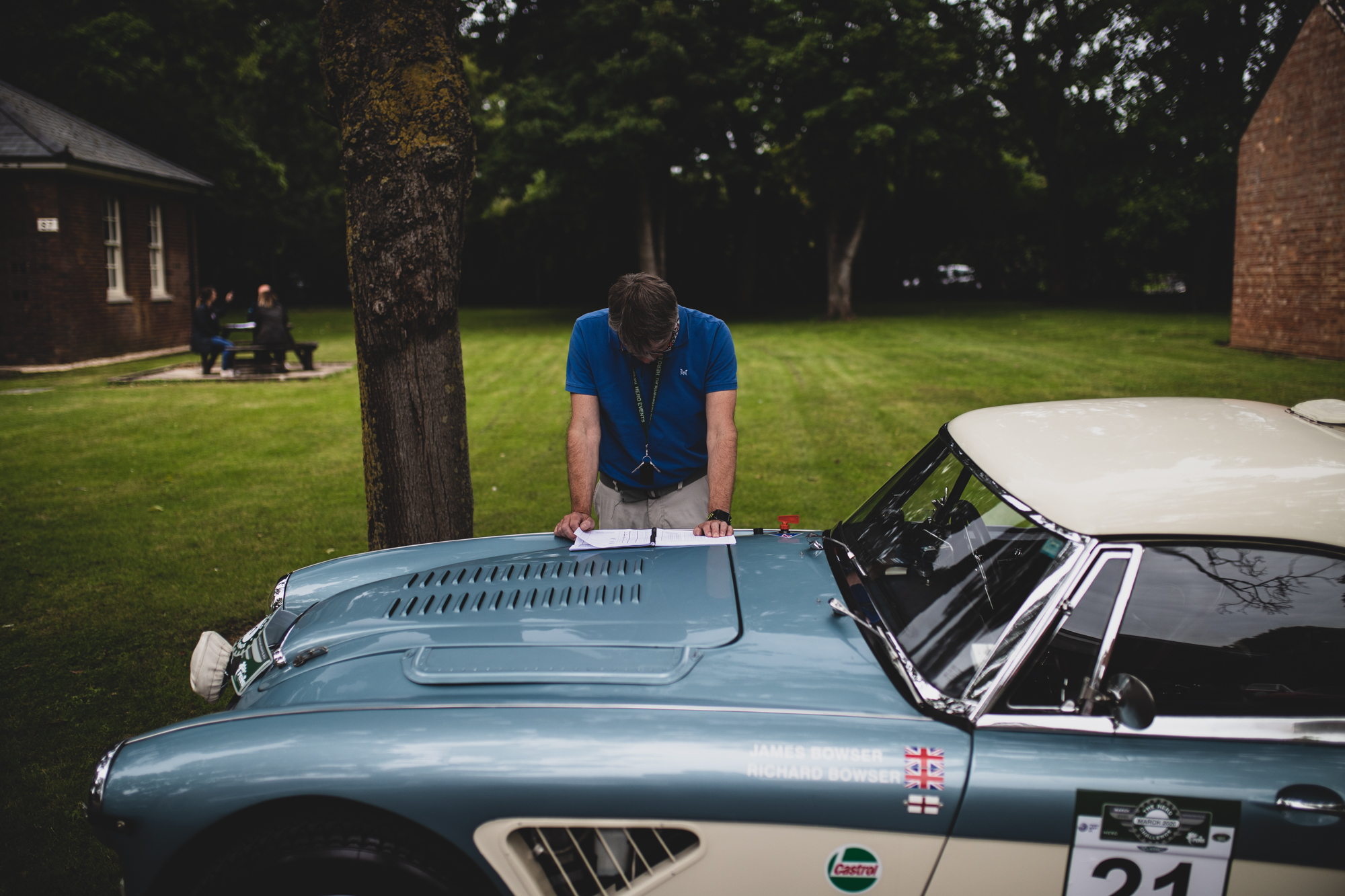
This is the “golden rule” in the rallying community, as far as I could see. As relaxed as you want your afternoon to be, missing out on points during any competitive event is always going to be frustrating. There were moments when my driver, and colleague, who was very experienced at road rallying, asked me gently “are you sure?” when I gave a half-hearted instruction, but as a general rule it’s best to follow the navigator’s instructions and avoid exchanging blasphemies. After all, if they lead you astray (literally) then you have plenty of ammunition for post-rally leg-pulling.
Try not to admire the view
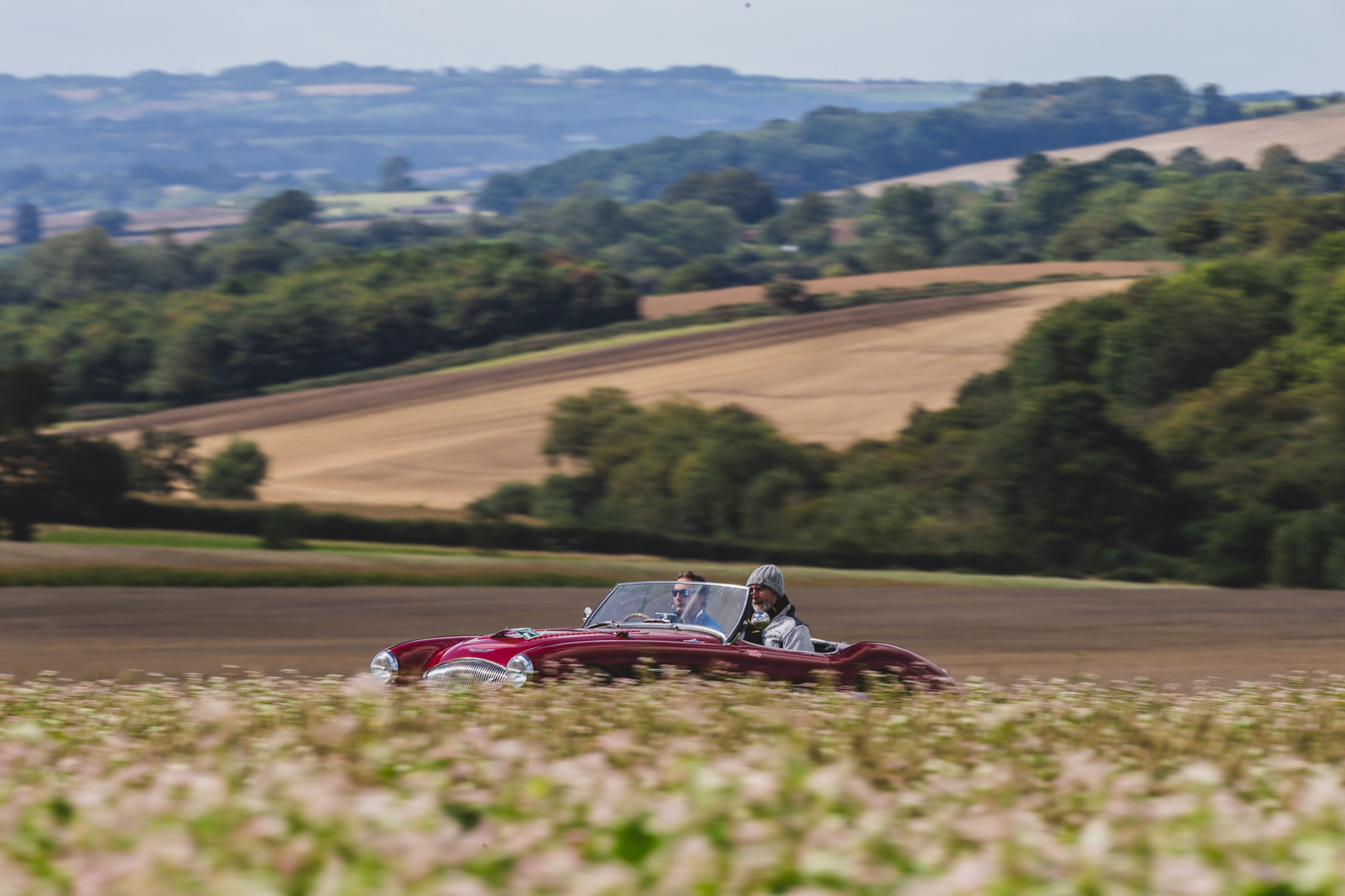
The rally I took part in ran through picture-postcard parts of rural Oxfordshire, serving up spectacular scenery. However, you need to concentrate on the task at hand rather than spend time with your nose pressed against the window planning your next water colour or else you will miss an instruction, as I learned the hard way. This also applies in a big way to driving tests. You may want to look up and grin at a marshal as you fly around the course but remember that the next instruction is only two seconds away….
Know where you need to be
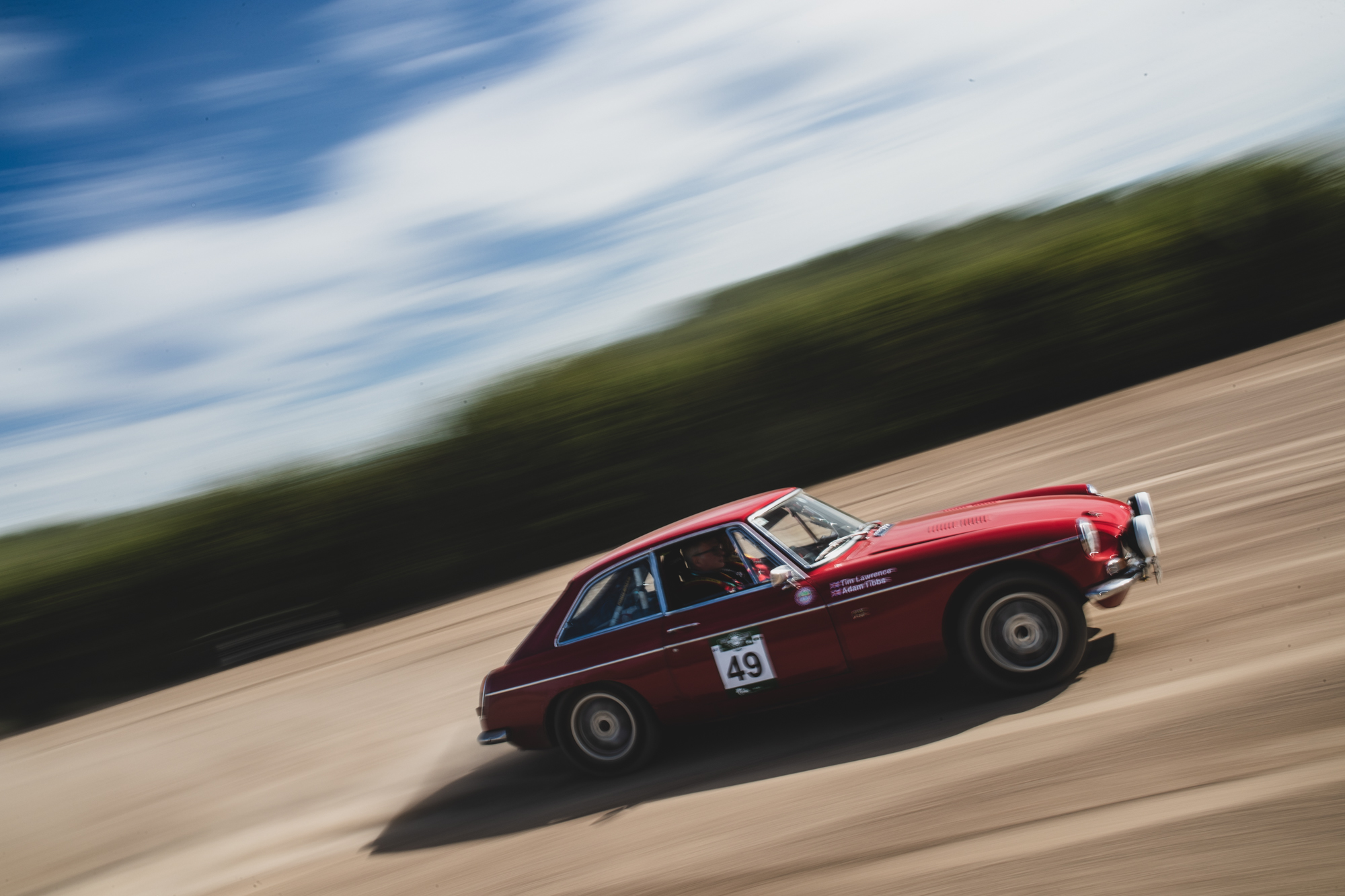
I asked my driver for any tips from a drivers perspective and was unhelpfully met with this: ‘It’s better to be in the right place at the wrong time, than the wrong place at the right time.’
I think he was trying to tell me that the route always comes first, and it’s important to make sure that you hit all your time controls (as well as end up in the right place for the end of rally hog roast). The regularity element of a road rally can get confusing, so it’s always best to look for your next route instruction to ensure you have time to workout your speeds.
Keep your cool and enjoy
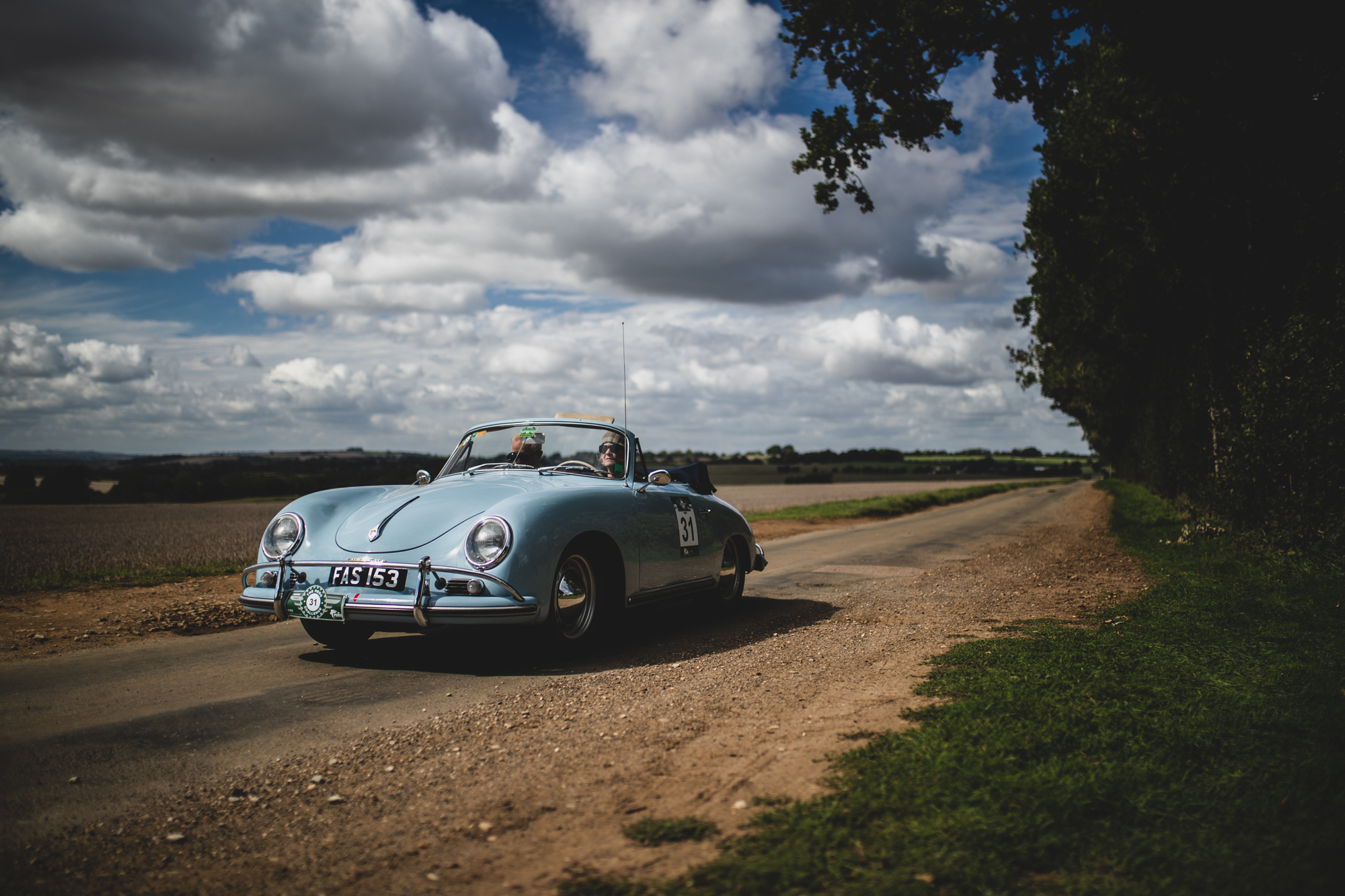
The main thing to remember with taking part in a road rally is that they are designed to be fun. It’s a fantastic excuse to drive the cars we love with fellow petrolheads, enjoy a prepared lunch and make the most of socialising between drives. On top of that, if you’d like to try for a trophy then please do (I guarantee the competitive bug will bite you whether you like it or not) but it’s always worth bearing in mind when you inevitably make a daft mistake, that this whole thing is done for enjoyment’s sake. So strap in, turn to page one and be ready to make some excellent memories in your cherished car.
Read more
10 starter rally cars that made winners of their drivers
Meet the unsung heroes of Goodwood SpeedWeek
The likely lads in a lock-up who made it to the F1 grid









